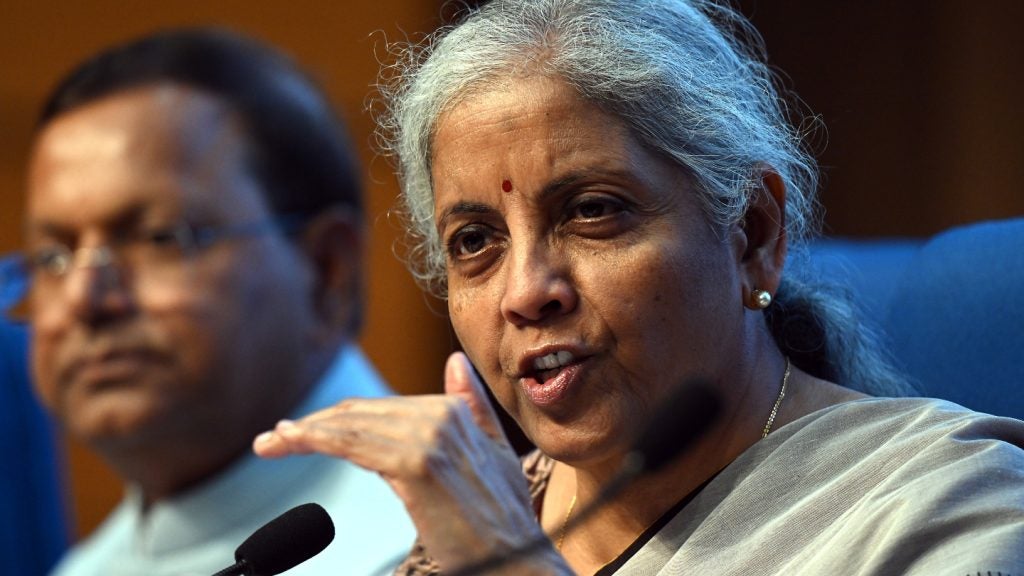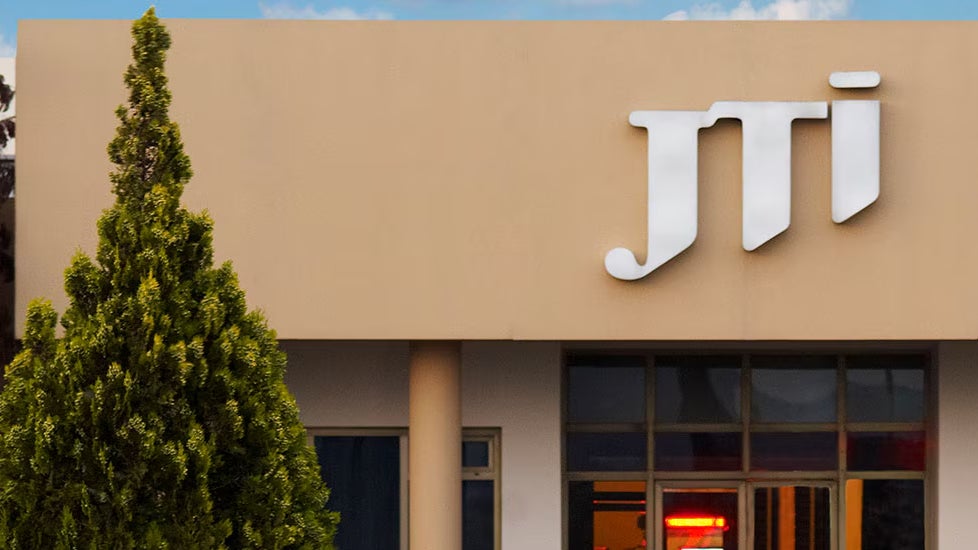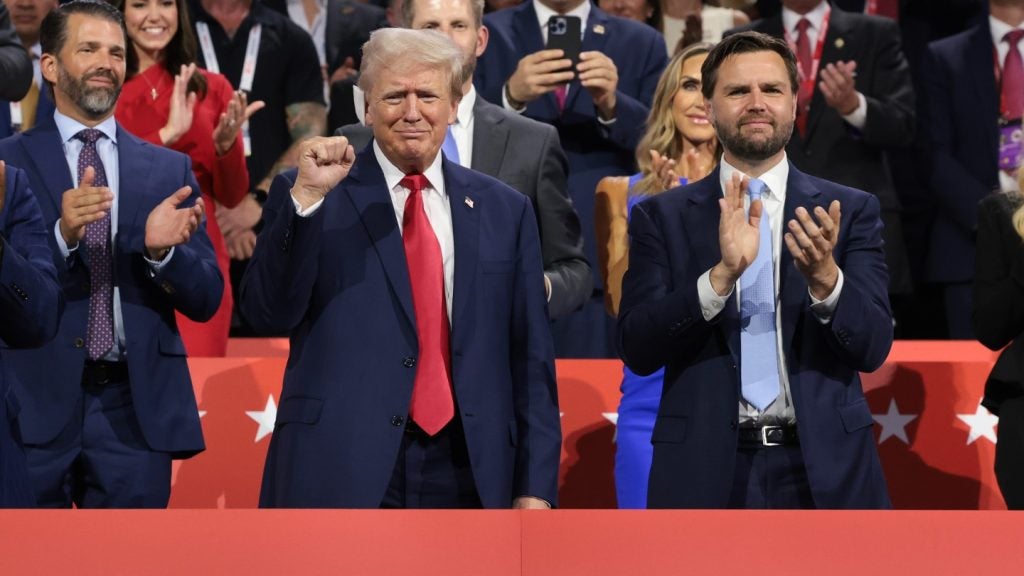
The Covid-19 pandemic has hit China’s transcontinental Belt and Road Initiative (BRI) hard, and the country has made no secret of it. In June, Wang Xiaolong, director-general of the Foreign Ministry’s International Economic Affairs Department, revealed that 20% of BRI projects had been “seriously affected” by the virus, with up to 40% being “somewhat affected”.
This is undoubtedly a setback for an ambitious programme – aimed at connecting Asia with Africa and Europe via land and maritime networks – that is already active in more than 70 countries and is estimated to involve over $1trn of infrastructure investment, according to the European Bank for Development and Reconstruction.
Data from the American Enterprise Institute paints an even starker picture of Covid-19’s impact, showing that overall BRI investment dropped by a whopping 50% in the first half of 2020, down from $46bn in the same period in 2019.
“But the slowdown in Belt and Road pre-dates the pandemic,” says Dr Yu Jie, a senior research fellow on China at UK-based think tank Chatham House. “The Chinese realised they made a mistake several years ago. Lots of money has not made a meaningful return since 2013 – the BRI’s starting point. So China is somewhat shifting inwardly, focusing more on domestic investment.”
Indeed, at the annual Belt and Road Forum in 2019, President Xi Jingping did not pledge fresh capital to the programme, and now, with China’s internal economy under great pressure from Covid-19, public opinion within China is also less in favour of throwing money overseas, adds Jie.
The BRI’s slowdown can be observed from data on Chinese overseas construction contracts (see charts below), a good gauge of activity in the initiative over the years. Following more than a decade of extraordinary growth, construction flattened by the end of 2017, falling significantly in 2018.
How well do you really know your competitors?
Access the most comprehensive Company Profiles on the market, powered by GlobalData. Save hours of research. Gain competitive edge.

Thank you!
Your download email will arrive shortly
Not ready to buy yet? Download a free sample
We are confident about the unique quality of our Company Profiles. However, we want you to make the most beneficial decision for your business, so we offer a free sample that you can download by submitting the below form
By GlobalData“This [deacceleration] was due to a mix of criticism from some recipient countries, financial headwinds inside China generated by ‘deleveraging’ a frothy banking system, balance of payments concerns and a subsequent push by Beijing to improve lending practices,” says a recent report from research provider Rhodium Group.
A shock to demand and supply in the BRI
All countries involved in the BRI have seen construction and supply chains halted or slowed by the pandemic. Subsequently, this has led to much revaluation.
Many countries and companies first checked whether a force majeure clause existed in their contract with the Chinese, which can be invoked to protect against liability from non-performance of an obligation, according to a recent report from law firm Norton Rose Fulbright.
“We are seeing so many countries go into renegotiation mode with China,” says Agatha Kratz, associate director at Rhodium Group. “There are an enormous number of cases compared with previous years.”
In April, Pakistan asked China to ease the repayment terms on more than $30bn in loans for various power projects in the China-Pakistan Economic Corridor. A small number of projects may even be completely abandoned, as happened when Bangladesh announced the cancellation of a 350MW coal-fired thermal plant project in March.
It looks unlikely that China will agree to a significant haircut on its substantial overseas loan portfolio, however. Repayment periods may be lengthened by as much as ten years, and grace periods extended where needed, but Beijing will show limited willingness to forgive debt (it has only done so for small zero-interest loans to date), according to Rhodium’s report. However, this could offer China a significant opportunity to demonstrate international leadership and promote debt sustainability.
“With so many human resources being completely mobilised for renegotiations, there are a many fewer people available among Chinese lenders to oversee new lending,” says Kratz. “In short, the appetite for lending is going to decrease drastically.”
Also affecting the supply side is the fact that China’s economy is in a weaker position than it has been for many years, so further investment is likely to be thought out much more carefully with a particular focus on profit, something that many BRI investments currently lack.
This is not to say that Beijing could not keep BRI lending in high gear, however. BRI loans are just a small part of China’s overall lending portfolio, and China’s main policy banks have enough political backing to bear the cost, according to Rhodium’s report.
“What we are more likely to see is that in strategic cases where lending would have huge geopolitical value, Chinese leaders will put big money on the table,” says Kratz. Tying into this is the fact that opportunities for China to play a saviour role worldwide have boomed.
It is worth noting that there is growing momentum in Beijing for BRI financing to involve third-party cooperation. This would offer a more level playing field for private actors, including foreign companies, to take part in investment projects.
As well as a supply side shock, Covid-19 has decreased many countries’ demand for BRI investments, not least due to falling energy needs and reduced power to borrow money, according to Dr Christoph Nedopil Wang, director of the Green Belt and Road Initiative Centre. “I don’t expect we will see the kind of numbers we saw in 2016 over the next five years.”
On top of this, many countries around the world are making legislation more strict for foreign investors, especially those from China.
The composition of BRI is shifting
Although the BRI remains a global project, some countries will see bigger benefits from it than others.
Above all else, the BRI is an accelerator for Chinese investment with its neighbours. With less investment in smaller, less critical markets over the next 24 months, there may be an uptick in investment to South East Asia, according to a Baker McKenzie report. Beyond the short term, changes to global supply chains bring new opportunities for diversification within China and its neighbours.
The BRI may also shift its focus in terms of sector priority. “One key area of potential is in projects focused on strengthening the health systems of low-income countries, even if focused on soft processes rather than hard infrastructure,” says the Baker McKenzie report. There is also potential for accelerated digital BRI activity in relation to Chinese tech companies, with private players likely to become more active in BRI.
China launched its Digital Silk Road in 2015, focused on the development of information and communications technology infrastructure in BRI markets. In recent years, the country has announced 5G investments in numerous nations. This activity is likely to accelerate, meaning that there is the potential for further pushbacks against Chinese companies such as Huawei, which has happened in many countries over the past 12 months.
The export of medical technology, or ‘medtech’, may also get a boost, especially for technologies that use AI and other innovations that monitor Covid-19 carriers. Meanwhile, international e-commerce initiatives are also being prioritised to help accelerate economic growth in China.
The energy sector has long been a key, if not the key, sector for the BRI. Therefore, it was somewhat unsurprising that the largest decline in BRI investments was in energy investments, falling from $19.7bn in the first half of 2019 to $8.8bn in the first half of 2020, according to data from the American Enterprise Institute.
However, the drop has hit traditional fuels the hardest. In fact, the first half of 2020 was the first six-month period in which non-fossil fuel-related energy investment (including large hydropower) dominated BRI energy investments, according to analysis from the Green Belt and Road Initiative Centre. This is in keeping with a global trend.
These trends will become clearer once the dust settles and a global Covid-19 vaccination programme begins. The result will have global implications, commercially, environmentally and geopolitically, so all countries should pay attention.







